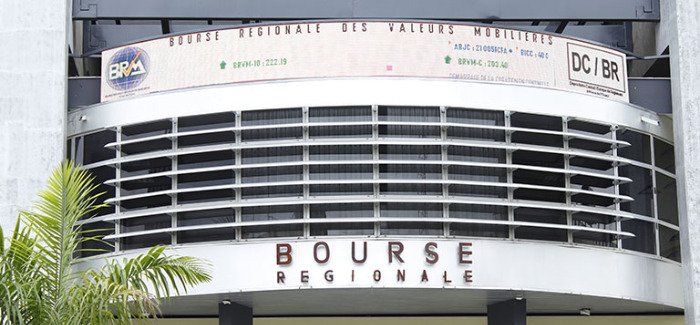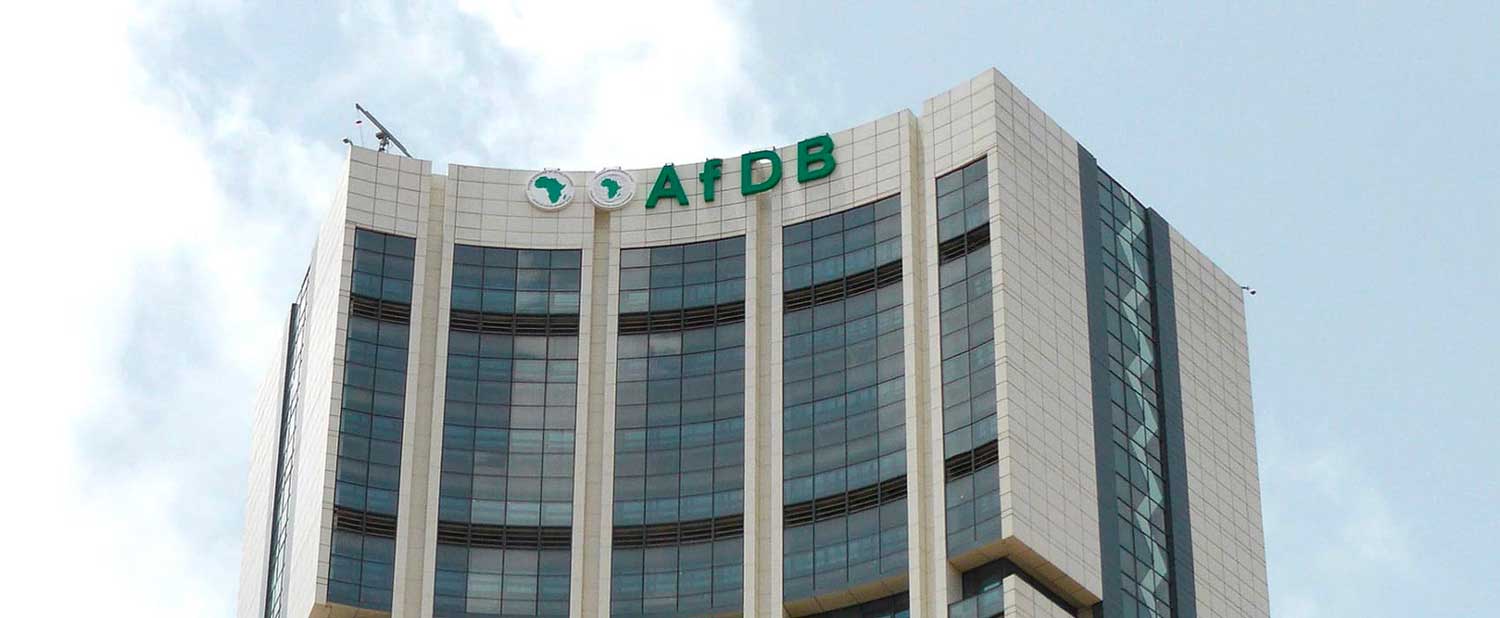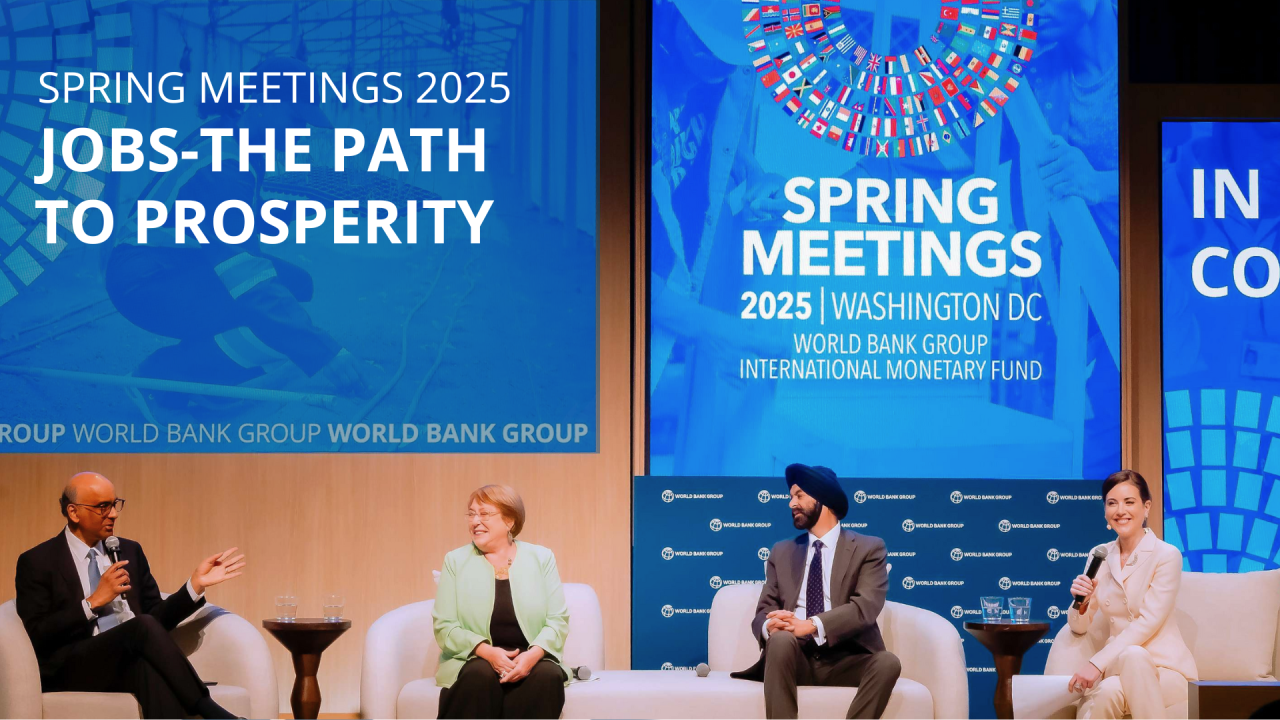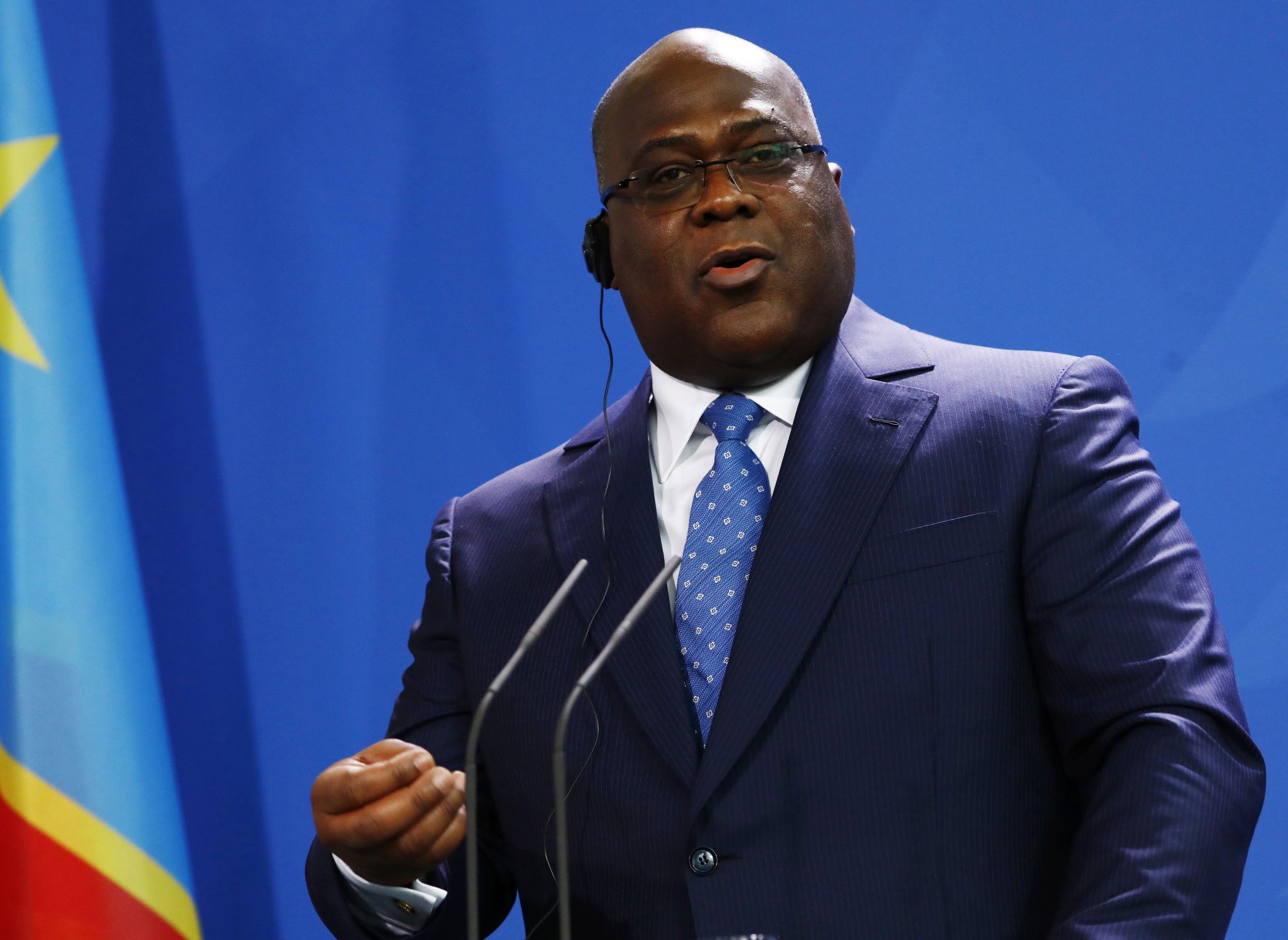BRVM Week 41 Shows Strength in Rotation and Restraint
The BRVM Composite (COMPOSITE) rose +0.87% to 332.53, driven by SAPH (+7.45%), TTF (+7.40%), and SOGB (+2.7%), while SNTS led turnover at FCFA 2.7 bn (33%). Market cap reached FCFA 12.8 tn, P/E 12.5×, yield 7.4%, signaling disciplined institutional flow.

The Bourse Régionale des Valeurs Mobilières (BRVM) ended the week to 10 October 2025 on a restrained yet resilient note, signaling that West Africa’s regional exchange continues to grow through rotation rather than exuberance. The Composite Index (COMPOSITE) advanced +0.87% to 332.53 points, the BRVM 30 (BRVM30) gained +0.72% to 164.58, and the Prestige Index (PRESTIGE) rose +1.57% to 138.94. The tone was firm but measured: liquidity remained healthy, yet participation narrowed as institutional investors reshuffled positions without injecting new capital. Market breadth averaged roughly two advancers for every decliner, underscoring resilience amid subdued risk appetite.
Total equity market capitalization reached FCFA 12.8 trillion (≈ USD 20 billion), the highest since May. Aggregate weekly turnover stood at FCFA 8.2 billion, with daily value averaging FCFA 1.64 billion across several thousand trades. About 6 million shares changed hands, confirming a high-value, low-frequency structure typical of a professionally dominated market. The Bond-to-Equity Value Ratio (BEVR) held near 7%, reflecting investors’ continued preference for equities over regional fixed income. This bias provides yield stability but also reveals limited diversification: the BRVM’s liquidity is deep in select names yet thin across the broader list.
Trading remained concentrated in a few dominant stocks. Sonatel (SNTS) led with FCFA 2.7 billion in turnover, roughly 33% of total value. Société des Caoutchoucs de Grand-Béréby (SOGB) followed with FCFA 935 million, while Ecobank Transnational (ETI) recorded FCFA 700 million, Bank of Africa Côte d’Ivoire (BOACI) FCFA 520 million, and NSIA Banque CI (NSIA) FCFA 480 million. Together these five counters absorbed more than 75% of market liquidity, producing an HHI around 2,000 points—a semi-concentrated structure by frontier-market standards. Average transaction sizes in the tens of millions of CFA francs underscore that institutional desks, not retail flows, drive the exchange’s pulse. Such concentration lends short-term stability yet limits long-term depth: liquidity circulates through a narrow channel.
Sector performance reflected selective positioning rather than broad expansion. Industrials (IND) led with a +4.2% weekly rise as SAPH CI (SAPH) and Tractafric CI (TTF) rallied on construction and logistics demand. Consumer Staples (STAP) gained +2.9%, extending a +93% YTD advance on agribusiness strength and resilient domestic consumption. Telecoms (TEL) edged up +0.3% after months of softness, supported by modest recoveries in Sonatel (SNTS) and Onatel (ONT). Financials (FIN) were essentially flat (−0.1%), while Energy (NRJ) and Utilities (UTIL) added between +0.1 and +0.2%. The pattern illustrates a rotation toward defensives and exporters rather than renewed risk appetite—capital is moving, not multiplying.
Gainers were led by SAPH CI (SAPH) (+7.45%) and Tractafric CI (TTF) (+7.40%), followed by SICOR (SICOR) (+4.2%) and SOGB (SOGB) (+2.7%) as commodity prices supported earnings visibility. The main laggard, NEI-CEDA CI (NEI), fell −3.65%, extending a −9.0% YTD loss amid structural headwinds in publishing and retail distribution. The narrow spread between leaders and laggards underscores how investors are trading conviction, not volatility.
Capitalization remains equally concentrated. Sonatel (SNTS) dominates with FCFA 4,500 billion, representing 28% of total market value. SOGB (SOGB) follows at FCFA 820 billion (5.1%), ETI (ETI) FCFA 700 billion (4.4%), Onatel (ONT) FCFA 560 billion (3.5%), and BOA Côte d’Ivoire (BOACI) FCFA 520 billion (3.2%). The ten largest issuers collectively control over 70% of capitalization, leaving the broader market structurally shallow. Valuations, however, remain appealing: an estimated market P/E of 12.5× and dividend yield of 7.4% compare favorably with regional sovereign yields near 6%. These levels indicate income appeal without speculative excess, suggesting that institutional investors continue to view BRVM equities as a yield-anchored alternative to fixed income.
Yet this equilibrium carries risk. The market’s composure rests heavily on a handful of liquid names whose behavior dictates index direction. A correction in Sonatel (SNTS) or SOGB (SOGB) could transmit disproportionate volatility through the system. Concentration provides clarity but magnifies dependency; it ensures orderly trading in calm periods but restricts the market’s ability to absorb shocks. The absence of deeper mid-cap listings and limited bond development reinforce that vulnerability.
Still, Week 41 confirmed that the BRVM’s strength lies in discipline. Turnover remained stable, valuations rational, and foreign participation steady. With WAEMU inflation easing and yields flattening near 6 percent, institutional appetite for dividend-rich equities should persist into the fourth quarter. The exchange is learning to grow within its limits—less through speculative bursts than through the consistent confidence of its largest holders. The market advances not because enthusiasm has returned, but because conviction has not left.





